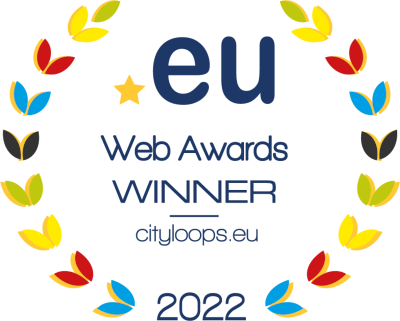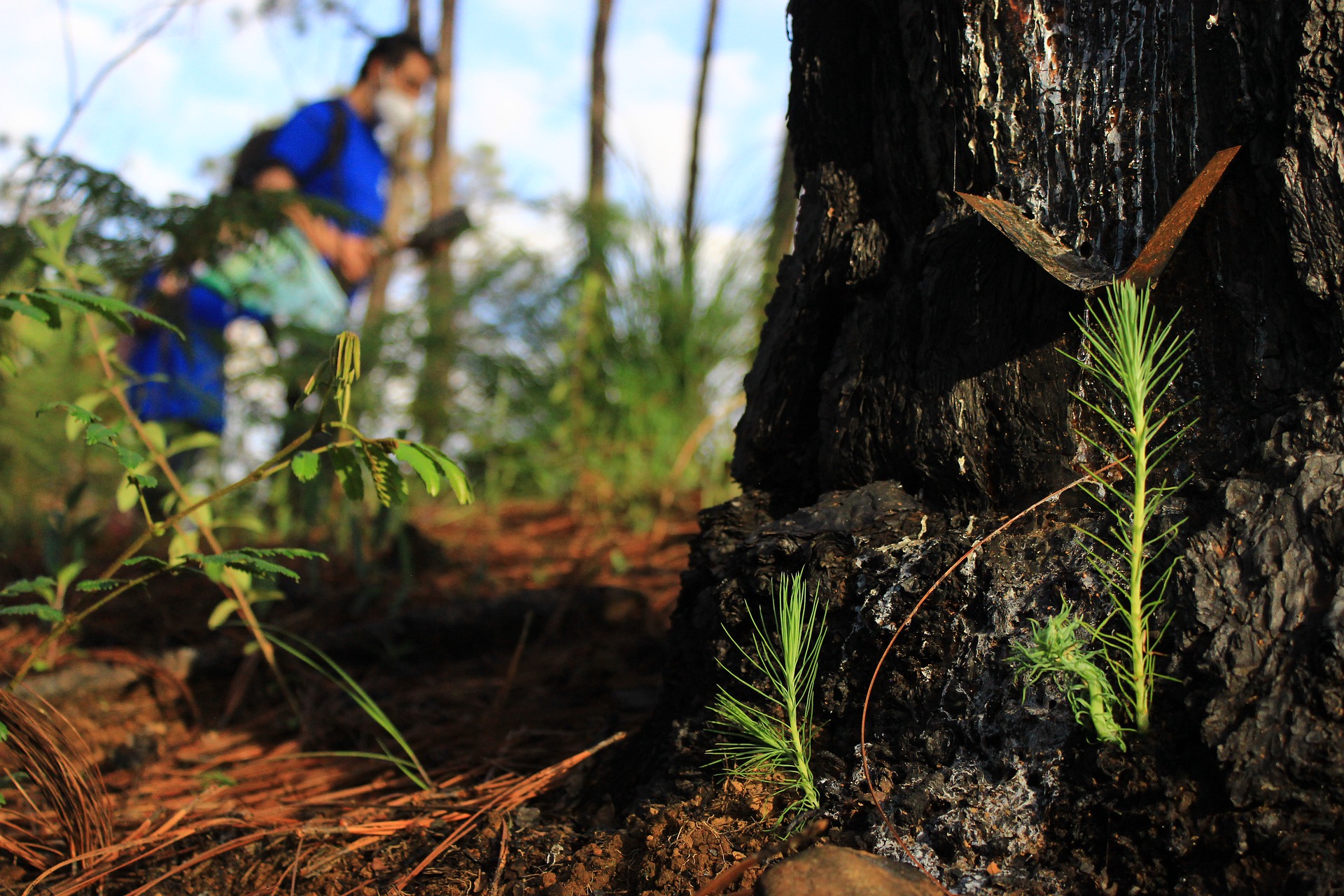Bio-waste prevention
Waste prevention is at the top of the waste hierarchy, and as such should always be the most preferred option. As opposed to other options, waste prevention does not tackle waste directly, but rather aims to prevent its generation by looking at earlier stages of products' life cycles, including primary production, processing, and distribution. Often overlooked, waste prevention is nevertheless crucial for the transition to a circular economy, and requires thinking beyond waste, reinventing the way we extract raw materials, the way we produce and the way we consume.
The nature of organic matter and biological cycles means that preventing bio-waste is different than preventing waste in other material streams, and especially that options such as re-use, repair or refurbish are simply not possible here. With 59 million tonnes produced across the EU in 2020 only, tackling food waste is the most pressing issue, as it accounts for about 16% of the total GHG emissions from the EU food system. Aside from climate change, conventional agricultural practices in Europe are also responsible for substantial biodiversity loss, chemical pollution, nutrient flows alteration and water scarcity. Tackling food waste would therefore mechanically reduce the impacts of food that ends up being lost or wasted. This is the reason why food waste prevention has become a strategic priority for the European Commission, and member states are invited to set targets, monitor, and reduce food waste.
This section includes four different instruments, all developed by Porto: the food demand management model, the circularity decision-making support tool, the circular procurement guidelines, and the sustainable green space certification system. These instruments cover two main categories of bio-waste: food waste and green spaces waste. For food waste specifically, this will allow local authorities to prevent waste generated in the HORECA sector (including social institutions) as well as from catering activities.
CityLoops demonstration experiences
Lessons learnt
- Local authorities can prevent food waste from school meals and catering through capacity building or public procurement.
- Effective planning and inventory management practices should be promoted, involving demand forecasts, optimising ordering and stocking practices and implementing just-in-time inventory systems.
- Food waste can also be prevented by promoting more sustainable diets and seasonal and local products.
- Local authorities should raise awareness among citizens about food waste and provide practical tips on food storage, portion planning and utilising leftovers.
- In Seville, Lipasam worked with school children to teach them how to to learn how to minimise waste when cooking. It is an example of how local authorities can play a role in promoting and enabling sustainable food production.
- Reducing supply chains can also reduce food loss. This means reducing the distance and number of intermediaries involved in the process of getting food from the producer to the consumer. It involves minimising the transportation and handling of food by bringing it closer to its point of consumption.
- Porto's food management model can be transposed to any context. However, for it to be used, it is necessary to gather and structure the historical information that is put into the model. The developed model is data-driven, and consequently it implies first the definition of the explanatory variables of demand, as well as their collection. Once this collection and corresponding data structuring and pre-processing completed, the tool can be used.
- Most entities (i.e. restaurants) lack the data needed to implement the food management model, or they have different data (financial records) that cannot be used (low quality data). This is a barrier, but is also a great opportunity for these entities to improve their food acquisition, since they will be able to forecast their needs based on historical records, hence reducing the bio-waste produced.
- When using the procurement guidelines, it is very important: to ensure the commitment of the board and the political alignment and support. Furthermore, purchase departments need to gather experts and tackle resistance to change and innovation. Finally, training courses need to be developed for different audience (e.g purchasing departments need to be trained differently than suppliers.
- It is crucial to involve all the main stakeholders in the process of developing a green spaces certification system. By doing so, there is a higher chance of achieving greater success with the certification system implementation.
- The green space certification system was developed to be applied to diverse green spaces with different dimensions and may respect its specific characteristic (historical, urban, peri-urban, high, or low use intensity).
- The Green Spaces certification system needs to remain open to receive improvements from the first pilots. Therefore, it is essential to consider the tool’s adaptability to specific spaces. For example, criteria such as water use may be irrelevant in a dry garden or require customisation.

